Last Saturday saw a number of major gatherings: the Grand National, the Boat Race, and the coming together of the 30 After Hiroshima oral history volunteers, meeting for the first time. We were to have a day’s training at the London Bubble offices from the Oral History Society’s Rib Davis who over several hours would share with us some insights from his many years’ worth of experience, in the hope that we would leave with the skills required for this first and crucial step in the project – conducting interviews to gain first-hand reflections of the bomb drop and its aftermath.
We started off with a discussion about why it was important to bother with collecting oral histories at all and the potential they hold as a ‘hotline to the past’ whereby, in contrast to a written historical record, the middle-man is removed and the history is actively collected from the source. In the case of the After Hiroshima project, we volunteers will be these active collectors, interviewing a huge range of people, from notable peace protestors – who will have been interviewed hundreds of times before – to local residents, for whom the experience will be a first!
The process of oral history interviewing means that the interviewer is put in to a position of co-constructing a narrative with the interviewee, and therefore we need to be prepared, not only with sufficient information to direct the course of the interview, but also a strong sense of where to hold back, to ensure that we do not ‘lead’ it ourselves. It will be vital to allow the interviewee to choose what is important to them.
In this way, the After Hiroshima interviews are similar to what I have done before, using interviewing as part of my PhD research. Whether using interviews for oral history, in a social sciences context or – like me – under the bracket of archaeology/anthropology, the aim must be the same: to gather a sense of the interviewee’s authentic experience and their attitudes to what matters to them.
One of the main issues that I hadn’t given any consideration to at all, however, and which sets oral history interviewing apart from conducting basic research interviews – is the importance of the audio as a record in its own right. Unlike simply recording the interview in order to create a transcript (in which the interviewer can be confident that no-one else is likely to hear the audio!) the sound quality of an oral history interview recording needs to be good enough for a myriad of potential uses.
In this instance, it becomes clear how many potential noise sources might intrude on the audio and need to be removed before they can become a nuisance. That means no ticking clocks, no ringing phones, and no interruptions from relatives, friends or even pets. Even the interviewer needs to beware of agreeing or laughing noisily over the interviewee’s speech.
Ultimately, as we step out on this important step in the process of the project, we need to remember the position of the eventual listener – not just in the outputs of the After Hiroshima project – the exhibit and the play – but hopefully when these records might be accessed in years to come, at the Hiroshima Peace Museum.

